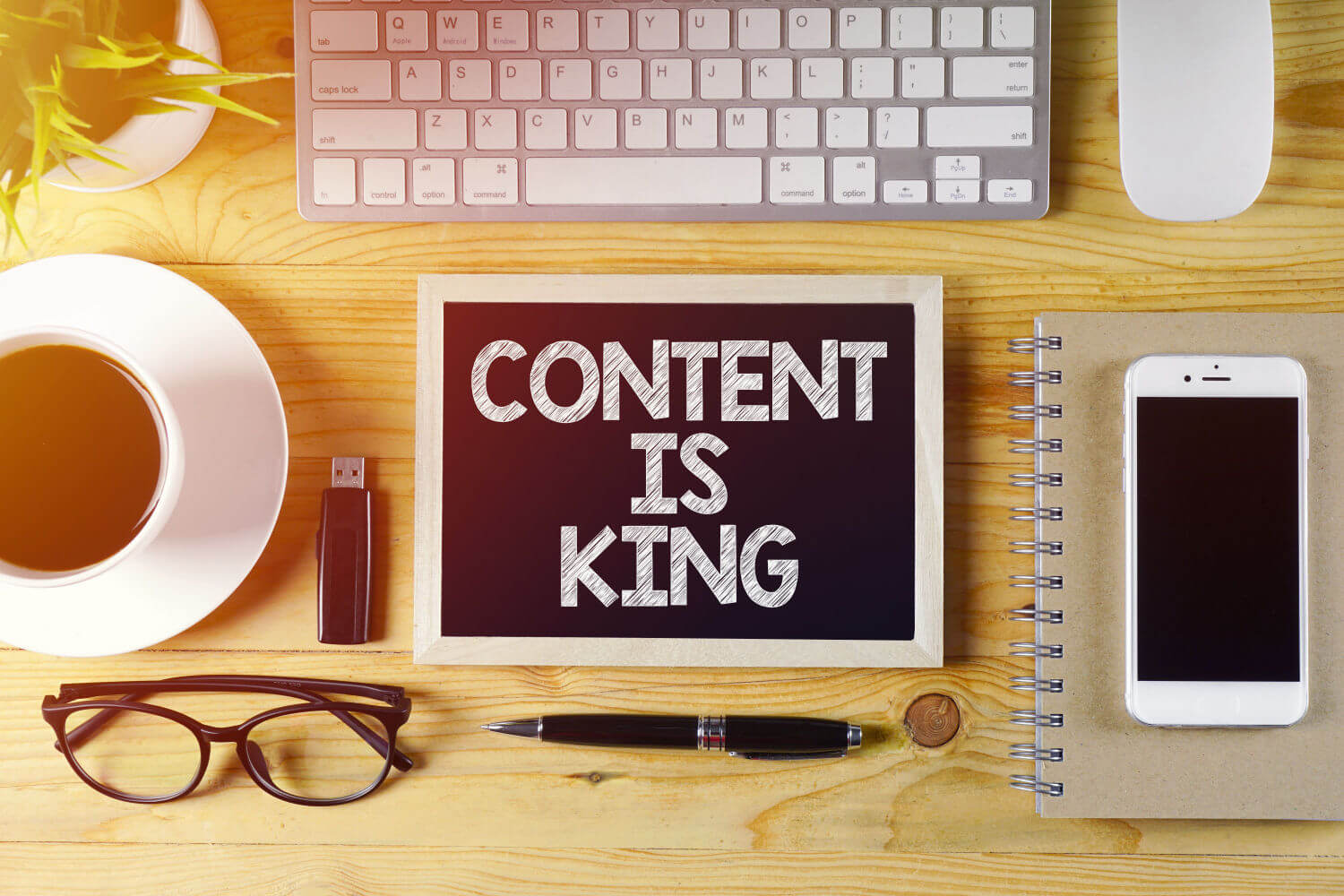Do you need help to recapture the attention of website visitors who leave without making a purchase? With over 97% of website visitors never returning once they leave, it can be challenging for brands to engage and entice them to return.
That’s where remarketing comes in.
A robust remarketing strategy focuses on bringing visitors who have already shown interest in your website back to convert into customers. While there are various ways to accomplish this, PPC remarketing is often the most effective method.
This blog will serve as your ultimate guide to PPC remarketing, covering everything from the basics to the benefits that can help grow your business and boost revenue.
What Is Remarketing?
Remarketing is an effective marketing strategy that aims to win back the attention of website visitors and boost sales.
For example, have you ever received an email reminding you of the items left in your shopping cart? Or have you noticed ads on social media showing products you were recently browsing? These are both examples of how remarketing works in action.
It is flexible and can be utilized across multiple channels to bring customers back to your website.
Remarketing ads can be tailored to a specific person, highlighting the products or services they showed interest in. Alternatively, you can show a general ad that promotes your business and offers a discount code to incentivize the customer to make a purchase.
Remarketing can be achieved through online advertising platforms like Google Ads, LinkedIn Ads, and Facebook Ads.
Remarketing vs. Retargeting: Understanding the Differences
While “remarketing” and “retargeting” are often used interchangeably, it is important to understand their subtle differences.
Retargeting typically refers to using paid media advertising to guide prospective customers toward making a purchase.
On the other hand, remarketing is often considered an email-focused strategy to re-engage existing customers.
However, there is some disagreement over this distinction, and even Google has contributed to the confusion by using the term “remarketing” to describe their ad retargeting system.
For this discussion, we will use “remarketing” to re-engage with potential customers and move them towards a purchase. This involves targeting those who have shown interest in your business by visiting your site but have yet to convert.
How to Start a Remarketing Campaign
Now that you understand the concept of remarketing let’s dive into how to get started. One of the initial steps involves generating a list of potential customers to focus your targeting efforts.
You can achieve this by adding a pixel to your website or integrating your Customer Relationship Management (CRM) system. This list will serve as the foundation for your campaign.
Once you’ve generated your list, the next step is to create personalized ads for your remarketing campaign. These ads should cater to your potential customer’s specific needs and interests.
For instance, if someone visited your website but didn’t make a purchase, you can entice them with a discount code or free shipping on their next purchase.
Choosing the right advertising platform is another critical factor for a successful remarketing campaign. While Google Ads is a common option, you may also run your ads on platforms like Facebook or LinkedIn.
The decision depends on your business goals and the behaviors of your target audience.
However, running a successful remarketing campaign requires extensive expertise and knowledge. Therefore, it’s best to partner with a professional PPC agency to ensure optimal results.
How Can Remarketing Ads Boost Your Conversion Rates?
Typically, first-time visitors to a website don’t convert into customers immediately. Moving them along the purchase path usually takes multiple visits and interactions. Remarketing ads can serve as a gentle nudge in that direction.
Targeting those who have already demonstrated an interest in your business increases the chances of conversion. These individuals have already engaged with your offering and are more likely to be receptive to your messaging.
The key is to ensure that your business remains top-of-mind for them. Tailoring your messaging increases your ads’ relevance and effectiveness, ultimately benefiting your business.
These benefits include:
Targeting Interested Audiences
By creating personalized ad campaigns based on a user’s actions on your site, you can show ads to highly targeted audiences and keep your brand front of mind.
Increasing Conversion Rates
Remarketing ads can keep prospects engaged in your marketing funnel and increase conversion rates over time.
Lowering Advertising Costs
Retargeting ads are a cost-effective way to reach qualified prospects, with each ad costing around one dollar and only charging you when a user clicks.
While remarketing ads can provide many advantages, they can also be complex to set up and optimize. Therefore, working with an experienced professional who can customize and manage your campaigns for maximum impact is essential.
To make the most of remarketing campaigns, it’s important to approach them strategically.
In this part of the guide to PPC remarketing, we’ll explore how to build a profitable retargeting campaign that can help recapture lost website visits and convert new customers, regardless of your industry.
Understand and Outline Your Goals
The first step is to understand and outline your goals. This will determine the remarketing tactics you use. Consider whether you’re trying to increase brand awareness or push those close to conversion over the line.
Alternatively, you might be trying to redirect traffic to your YouTube channel, app, or mobile website. Set relevant and achievable KPIs to track the progress of your remarketing activity and show where you might need to optimize to achieve your goals.
Create Remarketing Lists
Next, create remarketing lists to power your targeting efforts. You can use data from a remarketing tag placed on your site or upload customer emails from your lead generation activities.
Each method has its own benefits. For example, customer email retargeting can be very effective for abandoned cart campaigns. Using website data and page visits can help you guide users to other areas of the site.
Accelerate Conversion with Targeted Ads
With your audiences set and your goals defined, you can create targeted ads that consider the actual actions and engagements that users had previously had on your site. This makes your creatives much more compelling and hence much more likely to result in a conversion.
Recapturing lost website visitors and presenting them with valuable content that matches their intent is a powerful way to achieve your marketing goals. Google remarketing ads can be an effective tool to implement this kind of strategy and drive business growth.
Need Help with Personalized PPC Remarketing Ads?
Remarketing is an essential aspect of a marketer’s toolkit. But, creating remarketing ads that are personalized yet not intrusive can be tricky.
If you’re looking to launch a PPC remarketing campaign to attract and retain new clients, our team at LeadIn Media‘s team can help you achieve your objectives. As a full-service marketing agency, we specialize in creating customized strategies to help your brand grow, attract new clients, and increase revenue.
Contact us today to learn more about how we can assist you in planning a detailed PPC remarketing campaign.




